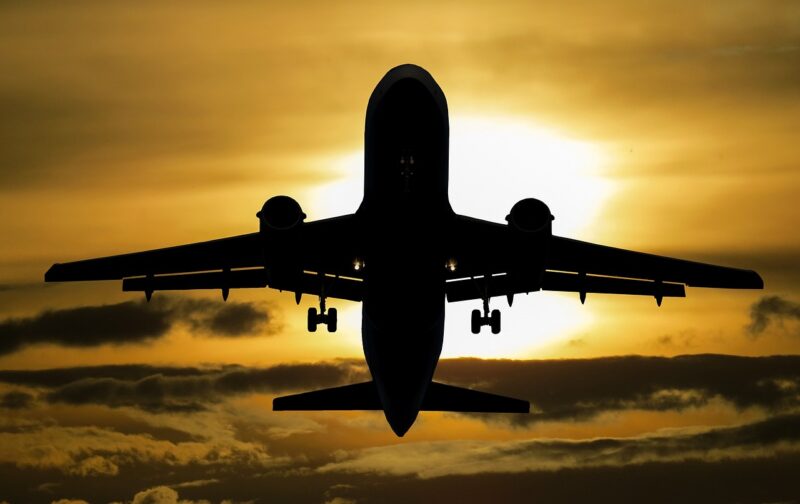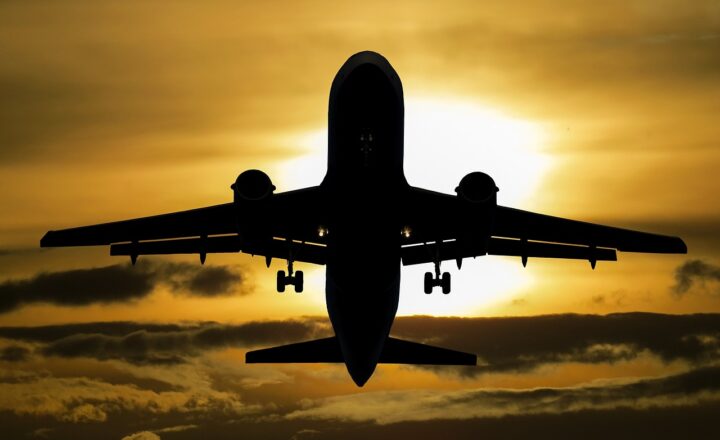
Flight has long captured the human imagination, inspiring dreams of soaring through the skies like birds. The invention of the airplane transformed this dream into a remarkable reality, revolutionizing travel and connecting the world in unprecedented ways. In this deep dive, we will explore the history of aviation, the mechanics of flight, and how airplanes have dramatically changed the way we travel today.
1. A Brief History of Aviation
The journey of aviation began long before the Wright brothers made their historic flight in 1903. Here’s a glimpse at significant milestones leading up to that fateful day:
- Ancient Dreams: Early humans have been fascinated by flight for centuries, as evidenced by myths and sketches of wings. Leonardo da Vinci designed flying machines in the late 15th century, showcasing humanity’s desire to conquer the skies.
- Hot Air Balloons: The Montgolfier brothers launched the first successful hot air balloon in 1783, leading to greater interest in flight. These balloons, while limited in control, established that humans could transcend the ground.
- The Dawn of Powered Flight: In December 1903, Orville and Wilbur Wright achieved the first powered flight in Kitty Hawk, North Carolina, with their aircraft, the Wright Flyer. This 12-second flight marked the beginning of the modern aerospace age.
The Wright brothers’ success paved the way for future innovators and a new era of aviation. The technical advancements in airplane designs soon led to the development of more powerful engines and better aerodynamics, setting the stage for commercial aviation.
2. The Mechanics of Flight
Understanding how airplanes fly involves grasping the fundamental principles of aerodynamics. Four primary forces are at play:
- Lift: The upward force that enables an airplane to rise is generated by the wings as air flows over and under them. The shape of the wings, or airfoils, is designed to create a pressure difference, resulting in lift.
- Weight: The force of gravity acts downward on the airplane, countering lift. Engineers carefully calculate weight to ensure the aircraft can achieve and maintain flight.
- Thrust: This forward force is generated by the airplane’s engines. Jet engines suck in air, compress it, and mix it with fuel. The mixture then ignites, creating a high-speed exhaust that propels the aircraft forward.
- Drag: The resistance an airplane encounters as it moves through the air is called drag. Pilots and designers work to minimize drag through streamlined shapes and surface materials to enhance efficiency.
Together, these forces create the complex balance necessary for flight. Engineers continuously innovate, resulting in lighter materials, enhanced aerodynamics, and more powerful engines—all contributing to the efficiency and safety of air travel.
3. The Evolution of Commercial Aviation
The first commercial flight took off in 1914, marking the beginning of a new era in travel. Given the subsequent global conflicts and advancements in technology, aviation grew rapidly over the following decades. Here are some critical key points in the evolution of commercial aviation:
- The Golden Age of Aviation: The 1920s to 1930s saw burgeoning passenger airlines and high-profile flights, as well as technological advancements, including the introduction of clipper ships and pressurized cabins. Travelers were captivated, and air travel became synonymous with luxury and speed.
- Jet Age Revolution: The introduction of the Boeing 707 in the late 1950s revolutionized air travel, allowing for faster and longer flights at reduced costs.
- The Deregulation Era: In the United States, the Airline Deregulation Act of 1978 led to increased competition among airlines, lower fares, and more accessible travel options for the public.
- Today’s Technological Advances: Modern aircraft feature advanced technology, from fly-by-wire controls and enhanced navigation systems to fuel-efficient engines. These advancements contribute not only to safety but also to environmental considerations allowing airlines to operate more sustainably.
As a result, air travel has become one of the safest and most efficient means of transportation available today.
4. Global Connectivity: The Impact on Travel
Airplanes have profoundly impacted how we view travel and geography. Here are some ways air travel has transformed the world:
- Easy Access to Destinations: Airplanes make it possible for people to visit distant lands within hours, fostering global tourism and cultural exchange. From weekend getaways to around-the-world trips, accessibility has drastically changed our travel habits.
- Business and Economy: Air travel plays a critical role in global trade. Companies can operate internationally and avoid costly delays, fostering economic growth and collaboration across borders.
- Cultural Exchange: Air travel encourages cultural understanding and connection. Festivals, events, and personal experiences are shared across the globe, enriching communities and enhancing international relationships.
- Innovations in Infrastructure: Airports have transformed into city-like infrastructures, offering numerous amenities and services for passengers. Hub cities centralize travel, allowing for efficient transfers for international trips.
The airplane’s ability to connect people from every corner of the globe has made the world a smaller place and opened up countless opportunities.
5. Future of Air Travel: Innovations Ahead
As we step into a new era of technology and awareness of sustainability, the future of air travel is exciting. Here are a few trends shaping what’s next:
- Environmentally Friendly Air Travel: The aviation sector is actively seeking ways to reduce carbon emissions with investments in sustainable aviation fuels (SAFs) and the development of electric and hybrid aircraft. This shift is critical in addressing climate change challenges.
- Supersonic Travel: Companies are working on reintroducing supersonic commercial flight, allowing passengers to travel faster than the speed of sound. Such innovation holds the promise of reducing long-haul travel times significantly.
- Autonomous Air Travel: Advancements in artificial intelligence and machine learning could lead to the development of autonomously piloted aircraft, revolutionizing how flights are operated and managed, potentially improving efficiency and safety outcomes.
- Enhanced Passenger Experience: Innovations in cabin design, in-flight entertainment, and connectivity will make air travel more enjoyable and user-friendly, even during long-haul flights.
The future of flight is not just about speed and efficiency but also about minimizing our footprint on the planet and enhancing the travel experience.
Conclusion
From its early beginnings to its current advancements, the marvel of flight has shaped the world in ways that extend beyond just travel. Airplanes have bridged gaps, fostered economic growth, and facilitated cultural exchange—creating a more interconnected global community. The potential for future innovations in the aviation sector holds promise to not only make travel easier but also more sustainable. As we embrace these changes, the wonder of flight continues to soar, carrying humanity into new horizons and possibilities.








